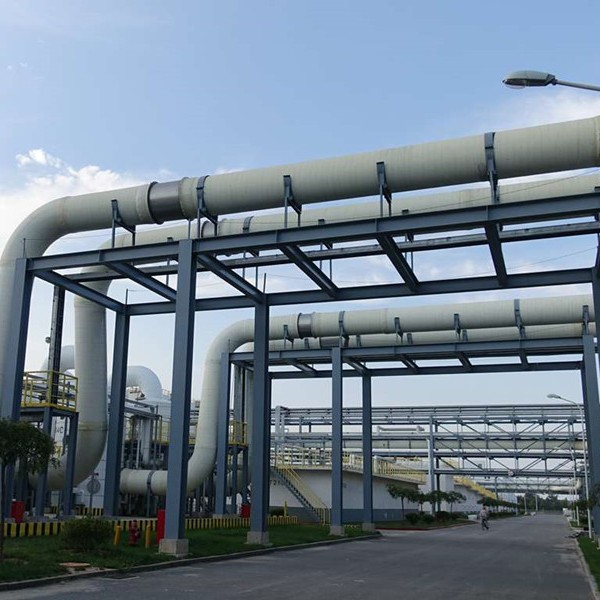
-
 Afrikaans
Afrikaans -
 Albanian
Albanian -
 Amharic
Amharic -
 Arabic
Arabic -
 Armenian
Armenian -
 Azerbaijani
Azerbaijani -
 Basque
Basque -
 Belarusian
Belarusian -
 Bengali
Bengali -
 Bosnian
Bosnian -
 Bulgarian
Bulgarian -
 Catalan
Catalan -
 Cebuano
Cebuano -
 China
China -
 China (Taiwan)
China (Taiwan) -
 Corsican
Corsican -
 Croatian
Croatian -
 Czech
Czech -
 Danish
Danish -
 Dutch
Dutch -
 English
English -
 Esperanto
Esperanto -
 Estonian
Estonian -
 Finnish
Finnish -
 French
French -
 Frisian
Frisian -
 Galician
Galician -
 Georgian
Georgian -
 German
German -
 Greek
Greek -
 Gujarati
Gujarati -
 Haitian Creole
Haitian Creole -
 hausa
hausa -
 hawaiian
hawaiian -
 Hebrew
Hebrew -
 Hindi
Hindi -
 Miao
Miao -
 Hungarian
Hungarian -
 Icelandic
Icelandic -
 igbo
igbo -
 Indonesian
Indonesian -
 irish
irish -
 Italian
Italian -
 Japanese
Japanese -
 Javanese
Javanese -
 Kannada
Kannada -
 kazakh
kazakh -
 Khmer
Khmer -
 Rwandese
Rwandese -
 Korean
Korean -
 Kurdish
Kurdish -
 Kyrgyz
Kyrgyz -
 Lao
Lao -
 Latin
Latin -
 Latvian
Latvian -
 Lithuanian
Lithuanian -
 Luxembourgish
Luxembourgish -
 Macedonian
Macedonian -
 Malgashi
Malgashi -
 Malay
Malay -
 Malayalam
Malayalam -
 Maltese
Maltese -
 Maori
Maori -
 Marathi
Marathi -
 Mongolian
Mongolian -
 Myanmar
Myanmar -
 Nepali
Nepali -
 Norwegian
Norwegian -
 Norwegian
Norwegian -
 Occitan
Occitan -
 Pashto
Pashto -
 Persian
Persian -
 Polish
Polish -
 Portuguese
Portuguese -
 Punjabi
Punjabi -
 Romanian
Romanian -
 Russian
Russian -
 Samoan
Samoan -
 Scottish Gaelic
Scottish Gaelic -
 Serbian
Serbian -
 Sesotho
Sesotho -
 Shona
Shona -
 Sindhi
Sindhi -
 Sinhala
Sinhala -
 Slovak
Slovak -
 Slovenian
Slovenian -
 Somali
Somali -
 Spanish
Spanish -
 Sundanese
Sundanese -
 Swahili
Swahili -
 Swedish
Swedish -
 Tagalog
Tagalog -
 Tajik
Tajik -
 Tamil
Tamil -
 Tatar
Tatar -
 Telugu
Telugu -
 Thai
Thai -
 Turkish
Turkish -
 Turkmen
Turkmen -
 Ukrainian
Ukrainian -
 Urdu
Urdu -
 Uighur
Uighur -
 Uzbek
Uzbek -
 Vietnamese
Vietnamese -
 Welsh
Welsh -
 Bantu
Bantu -
 Yiddish
Yiddish -
 Yoruba
Yoruba -
 Zulu
Zulu
Fiberglass Reinforced Plastic Tanks - Durable & Reliable Storage Solutions
Understanding Fiberglass Reinforced Plastic Tanks
Fiberglass Reinforced Plastic (FRP) tanks have emerged as a popular choice in various industries due to their exceptional strength, durability, and corrosion resistance. These tanks, composed of a polymer matrix reinforced with fiberglass, offer an array of benefits that make them suitable for a wide range of applications, from water storage to chemical processing.
One of the primary advantages of FRP tanks is their exceptional resistance to corrosion. Unlike traditional materials like steel or concrete, which can degrade over time when exposed to harsh chemicals or environmental conditions, FRP tanks retain their structural integrity. This is particularly important in industries such as wastewater treatment, chemical manufacturing, and agriculture, where exposure to corrosive substances is common. The ability of FRP to withstand such environments reduces maintenance costs and extends the lifespan of the tanks.
Moreover, FRP tanks are lightweight yet strong. This lightweight nature facilitates easier transport and installation, especially in remote or hard-to-reach areas where heavy machinery may not be readily available. Despite being lightweight, these tanks exhibit remarkable tensile strength, allowing them to withstand high pressures and impact without compromising safety.
Another significant benefit of fiberglass reinforced tanks is their versatility in design. Manufacturers can customize the size, shape, and structure of these tanks to meet specific requirements. Whether for storing water, chemicals, or other liquids, FRP tanks can be engineered to accommodate diverse capacities and configurations. This flexibility allows businesses to optimize their storage solutions according to their operational needs.
fiberglass reinforced plastic tanks

The insulation properties of FRP tanks further enhance their appeal. They can be designed to minimize thermal loss, making them ideal for storing temperature-sensitive materials. This characteristic is particularly beneficial in the food and beverage industry, where maintaining the right temperature is crucial to ensure product quality and safety.
In addition to practical benefits, FRP tanks are environmentally friendly. The manufacturing process of fiberglass reinforced plastics can be more sustainable compared to traditional materials, as it often generates less waste. Additionally, the longevity and durability of FRP tanks reduce the frequency of replacement, contributing to lower overall resource consumption and waste generation.
Moreover, safety is a paramount consideration in any industrial application, and FRP tanks excel in this regard. The materials used in their construction do not react with the stored contents, reducing the risk of contamination. Furthermore, many FRP tanks come equipped with advanced safety features such as leak detection systems and overflow protection, ensuring that operations run smoothly and safely.
In summary, fiberglass reinforced plastic tanks symbolize a significant advancement in storage solutions across various sectors. Their resistance to corrosion, lightweight properties, design versatility, insulation capabilities, and environmental benefits make them a smart choice for businesses seeking reliable and efficient storage options. As industries continue to evolve and face new challenges, FRP tanks stand out as a sustainable and effective solution for the future.
Latest news
-
Exploring the Benefits of Top Hammer Drifter Rods for Enhanced Drilling PerformanceNewsJun.10,2025
-
High-Precision Fiberglass Winding Machine for GRP/FRP Pipe Production – Reliable & Efficient SolutionsNewsJun.10,2025
-
FRP Pipes & Fittings for Shipbuilding - Corrosion-Resistant & LightweightNewsJun.09,2025
-
Premium FRP Flooring Solutions Durable & Slip-ResistantNewsJun.09,2025
-
Premium Fiberglass Rectangular Tanks Durable & Lightweight SolutionNewsJun.09,2025
-
Tapered Drill String Design Guide Durable Performance & UsesNewsJun.09,2025









